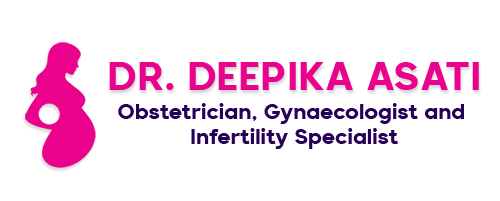A normal delivery, also known as a vaginal birth, is the natural process of childbirth where a baby is born through the mother’s vagina. It is the most common method of giving birth and typically involves the following stages:
- Early Labor: This is the initial phase of labor when contractions begin but are usually mild and irregular. The cervix, which is the opening to the uterus, begins to soften, thin out (efface), and dilate (open).
- Active Labor: Contractions become stronger, more regular, and more frequent. The cervix continues to dilate, allowing the baby to descend into the birth canal. This stage can last several hours.
- Transition Phase: This is the most intense and challenging part of labor. Contractions are frequent and powerful, and the cervix is nearing full dilation. It’s common for women to experience increased pain and a sense of urgency during this stage.
- Second Stage of Labor: This stage begins when the cervix is fully dilated, typically at 10 centimeters. The mother starts pushing to help the baby move through the birth canal. This stage ends with the baby’s birth.
- Third Stage of Labor: This is the stage immediately following the baby’s birth. The placenta, which provided nutrients and oxygen to the baby during pregnancy, is delivered. This is usually a relatively quick and less intense phase.
- Fourth Stage of Labor: This is the recovery period after childbirth, which typically lasts for a few hours. The healthcare team monitors the mother and baby for any complications. The mother may experience contractions as the uterus continues to contract and shrink.
A normal delivery is the ideal method of childbirth because it is associated with fewer complications, a shorter recovery period, and benefits for both the mother and the baby. However, it’s important to note that not all pregnancies can or should end with a normal delivery. Some factors, such as certain medical conditions or complications, may necessitate a cesarean section (C-section) or other interventions.
During a normal delivery, the mother may have the option to use pain management techniques, such as epidurals or other pain medications, to make the process more comfortable. The presence of a healthcare team, including doctors, nurses, and midwives, is essential to monitor the progress of labor and ensure the well-being of both the mother and the baby.
It’s worth noting that every labor and delivery experience is unique, and the course of normal delivery can vary from person to person. The important thing is for the mother and baby to be healthy and cared for throughout the process. Expectant mothers should consult with their healthcare providers to discuss their birth plan and address any questions or concerns they may have about the delivery process.


